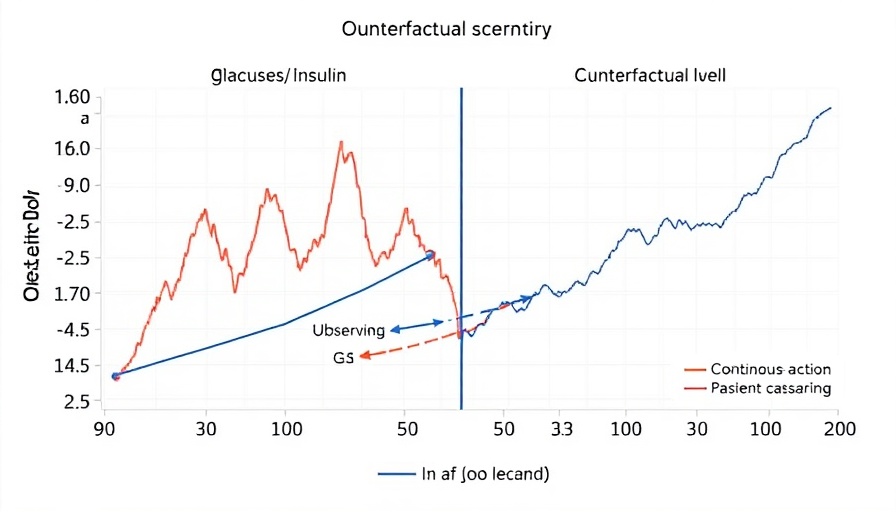
The Generative AI Revolution: Managing Risks in Regulated Industries
As generative AI (gen AI) rapidly reshapes industries, its emergence brings both unprecedented opportunities and accompanying challenges, particularly in sectors like finance and healthcare where compliance and risk management are paramount. H2O.ai's recent announcement marks a significant milestone as it introduces the first-ever Model Risk Management (MRM) framework tailored for gen AI in highly regulated industries. This innovative framework is poised to enhance transparency, compliance, and trust in AI applications crucial to financial institutions and banks.
An Overview of H2O.ai's Groundbreaking MRM Framework
The MRM framework announced by H2O.ai integrates robust validation processes to mitigate risks commonly associated with generative AI, such as biased decision-making or inaccurate predictions. This automated system offers a structured evaluation that pairs advanced algorithmic testing with human checks, ensuring models can be examined for weaknesses and biases before they are deployed.
Implications for Financial Services and Beyond
Financial institutions, which are heavily regulated, face stringent requirements for model transparency and explainability. H2O.ai's MRM framework is designed to address these needs by extending traditional MRM principles to suit the unique characteristics of generative AI, ensuring that any deployed models minimize risks associated with compliance violations and operational failures. As regulators become increasingly vigilant, having a systematic approach to managing these risks will be vital.
The Importance of Trustworthy AI in Regulated Sectors
As highlighted in Google's exploration of adapting model risk management in the gen AI era, the ability of gen AI to influence decision-making processes mandates that organizations maintain a balance between innovation and risk mitigation. Gen AI capabilities can exacerbate existing biases or induce new ones if not adequately monitored, making comprehensive risk management practices non-negotiable for organizations eager to embrace this technology.
Future Trends in AI Compliance Management
Looking ahead, the intersection of generative AI and financial compliance is set to evolve dramatically. McKinsey notes that generative AI could fundamentally shift how banks and financial institutions approach risk management. This shift will not only automate compliance processes but also allow risk professionals to play a more strategic role in developing products and services. As organizations equip themselves with AI-powered risk intelligence centers, we expect an era of heightened operational efficiency and improved decision-making.
Developing a Proactive Approach to AI Risk Management
To successfully navigate the complexities introduced by generative AI, organizations must adopt proactive management strategies. This includes fostering a culture of continuous learning and adaptation, where teams are trained to not only leverage gen AI capabilities but also understand the underlying risks involved. Collaboration between regulators and industry leaders will be essential in developing best practices and standards that keep pace with technological advancements.
In conclusion, as H2O.ai sets a precedent with its MRM framework, organizations across regulated sectors must prioritize robust risk management practices to ensure the successful integration of generative AI technologies. Understanding and addressing the associated risks will be crucial for organizations looking to harness the full potential of AI without jeopardizing compliance or stakeholder trust.
 Add Row
Add Row  Add
Add 




Write A Comment